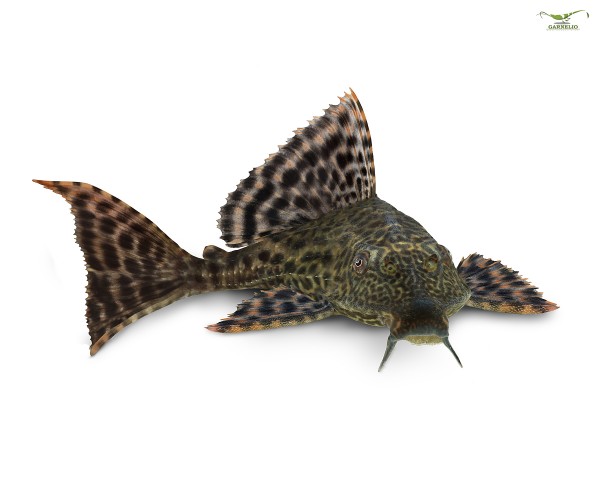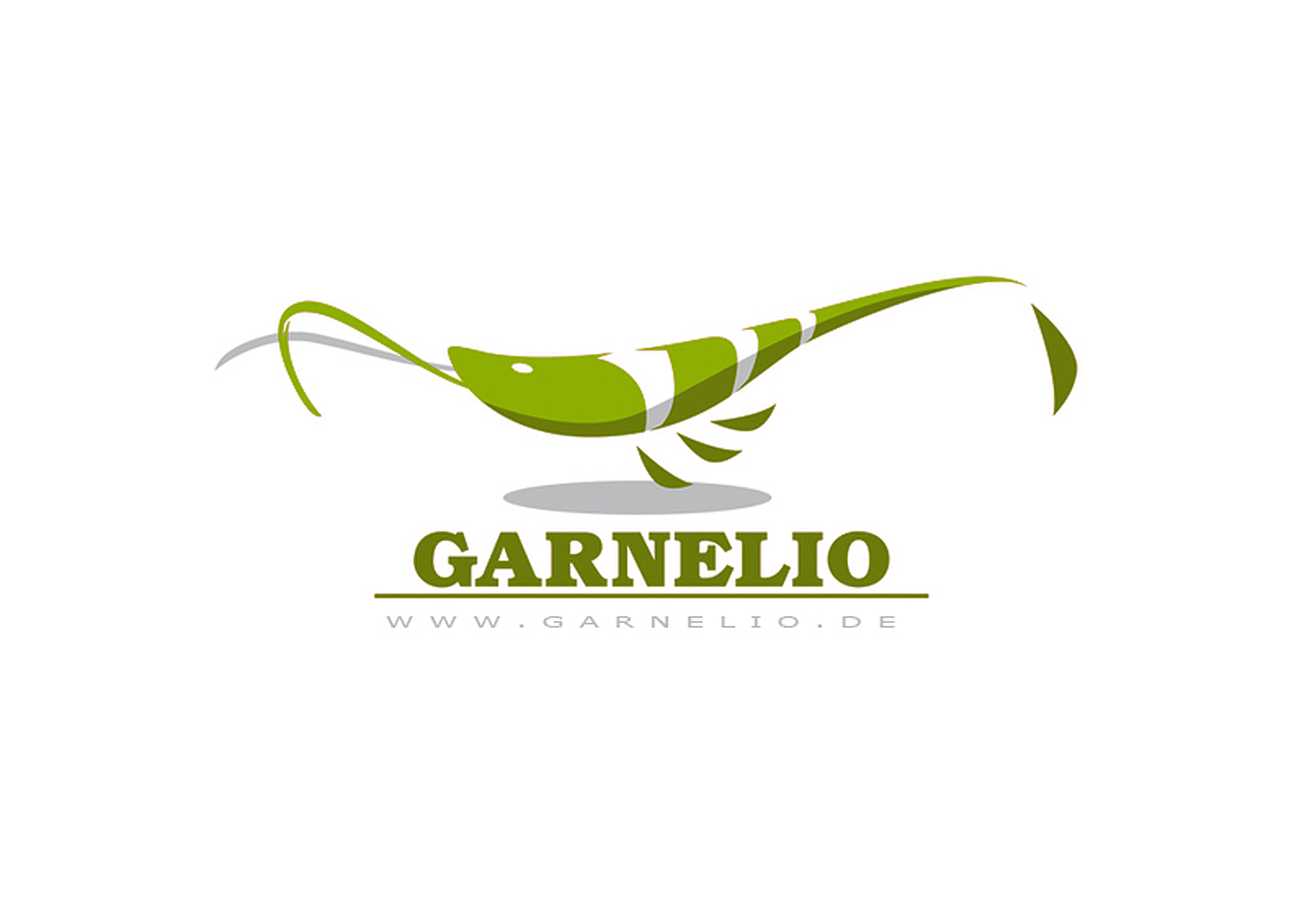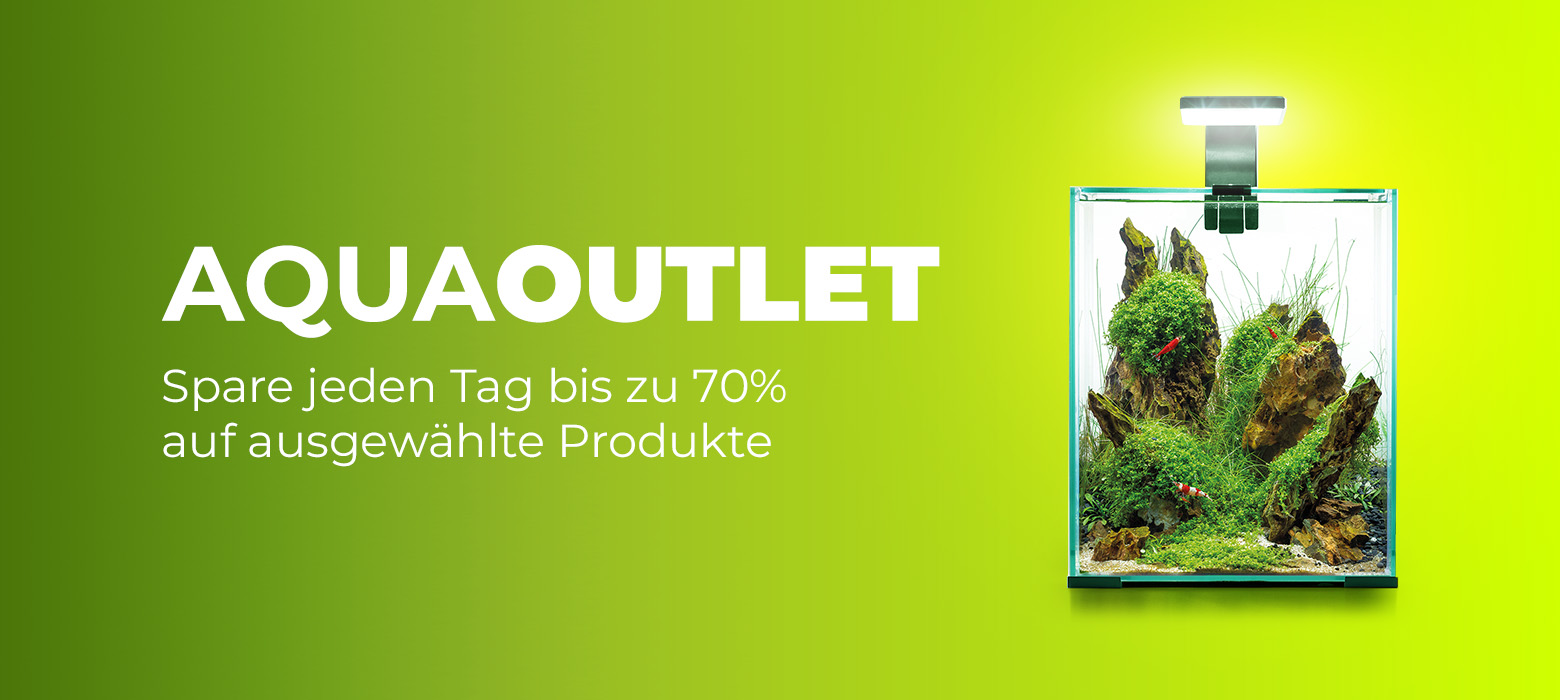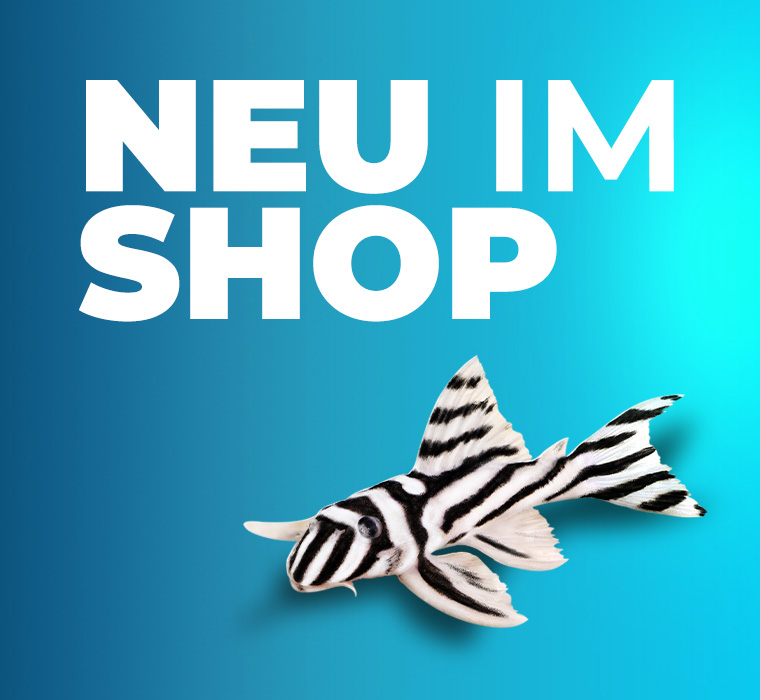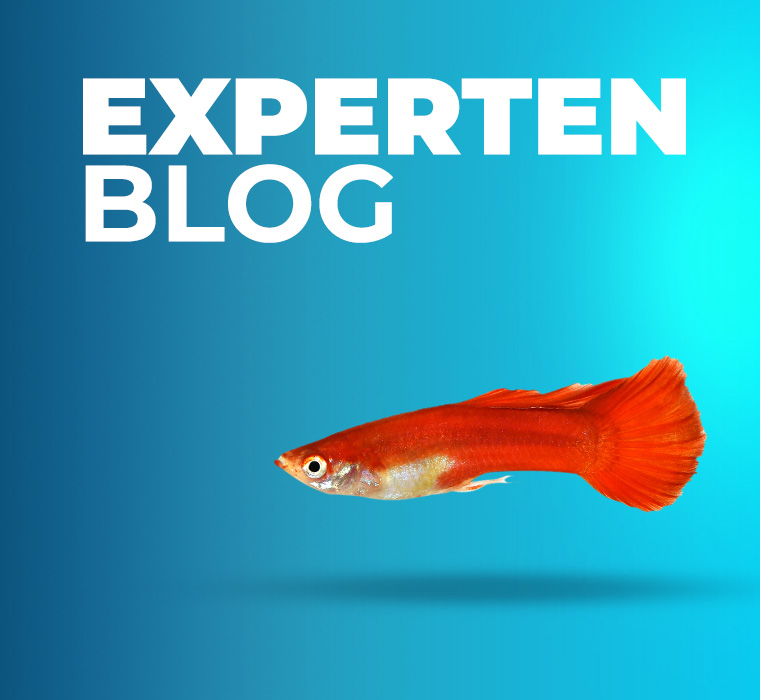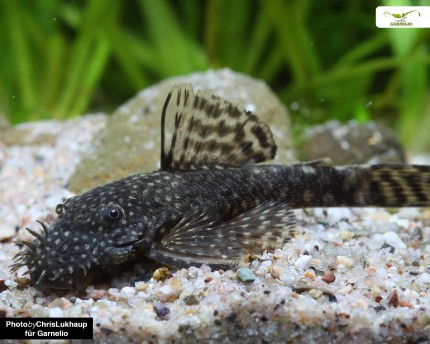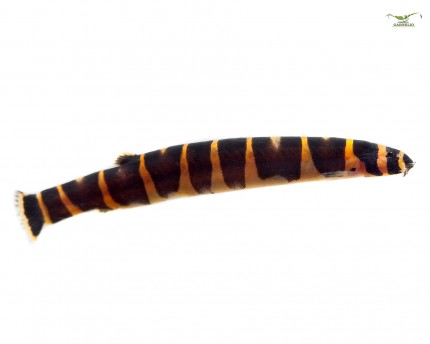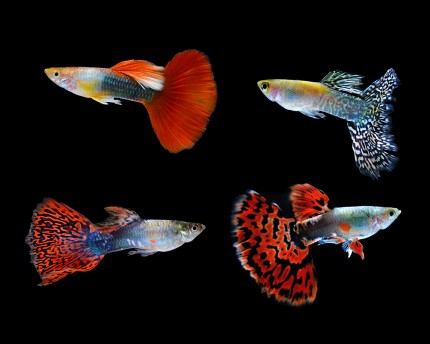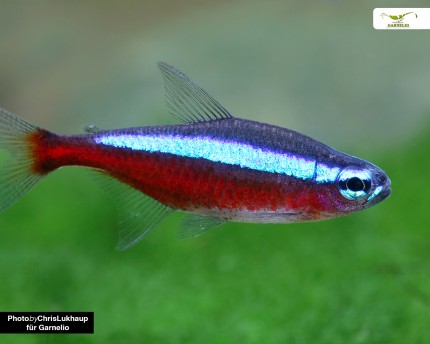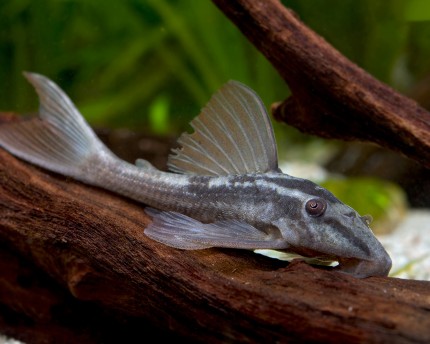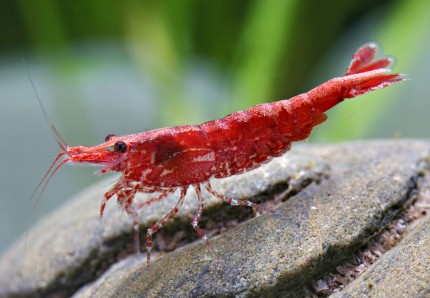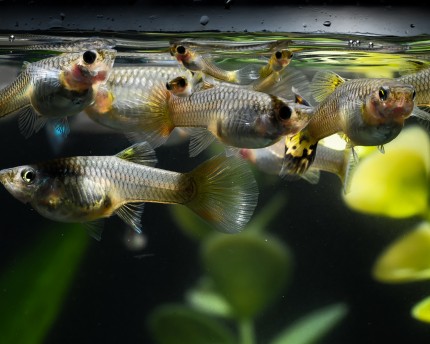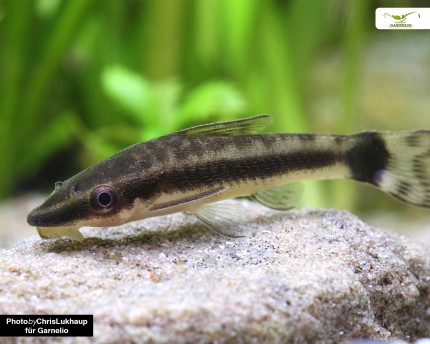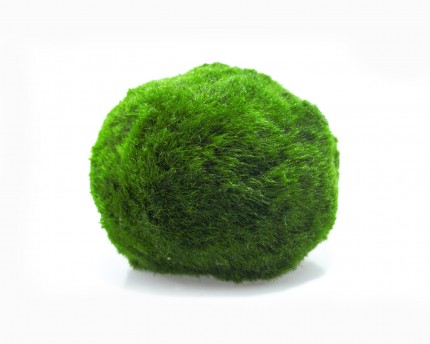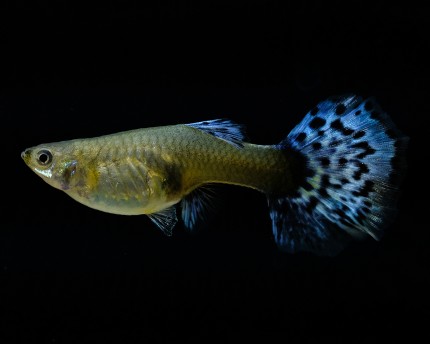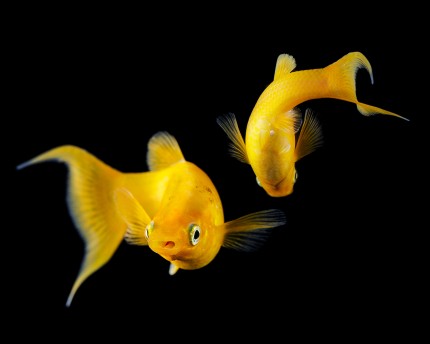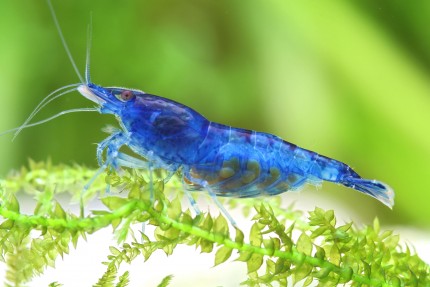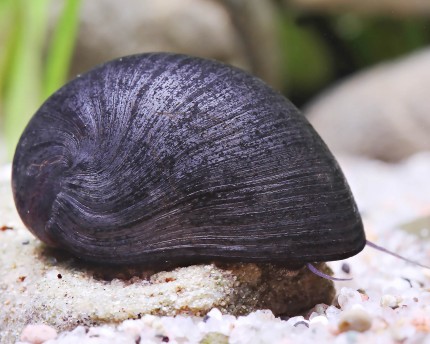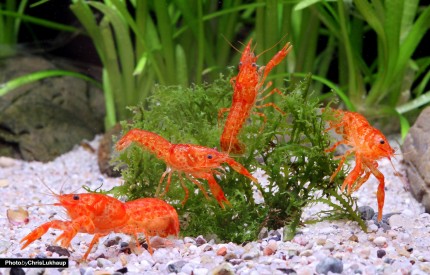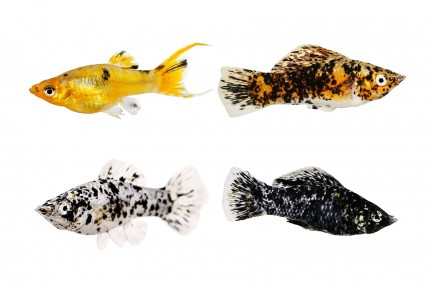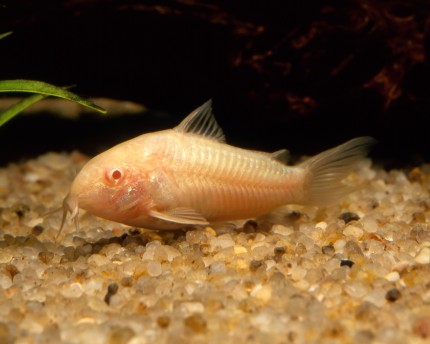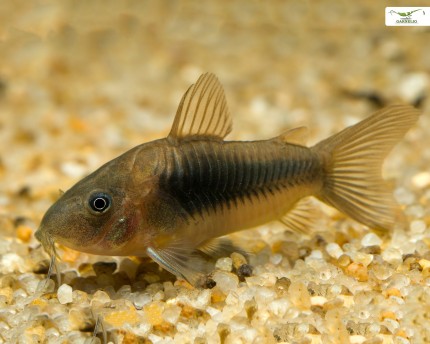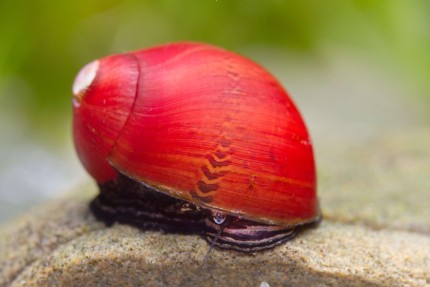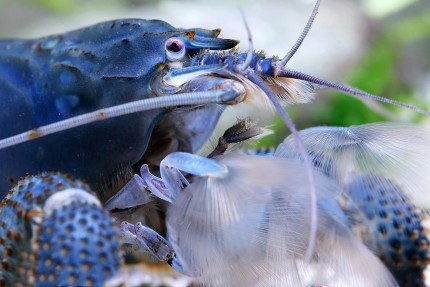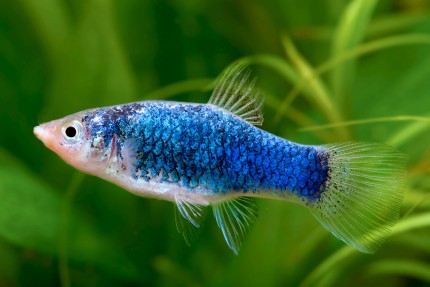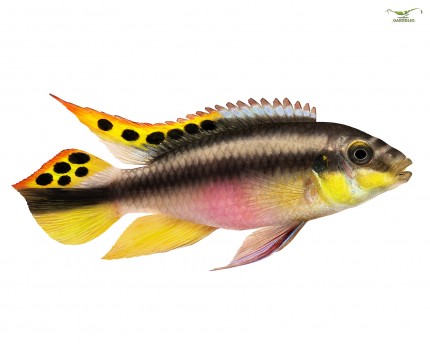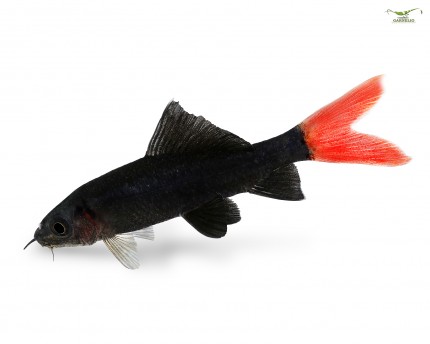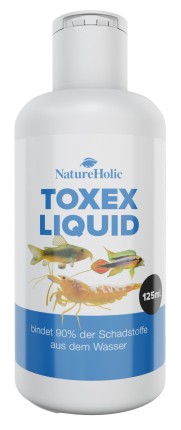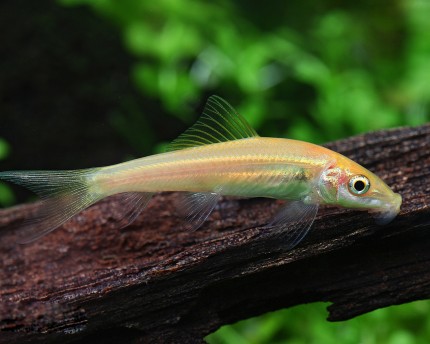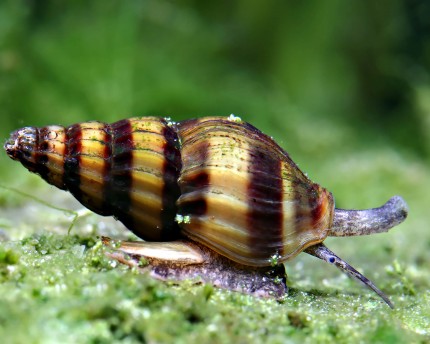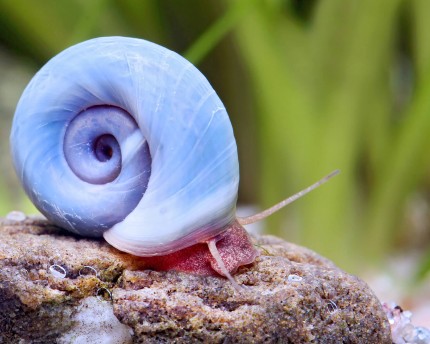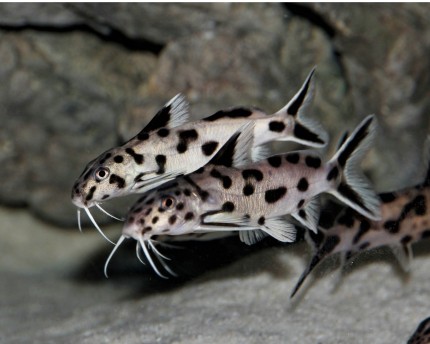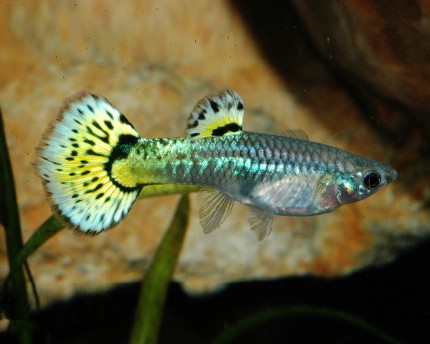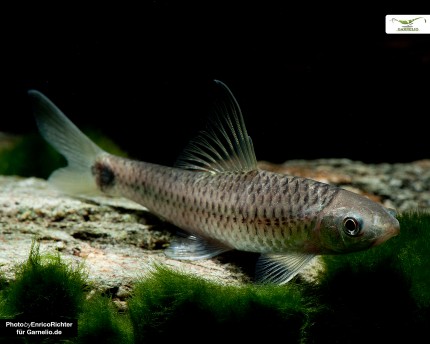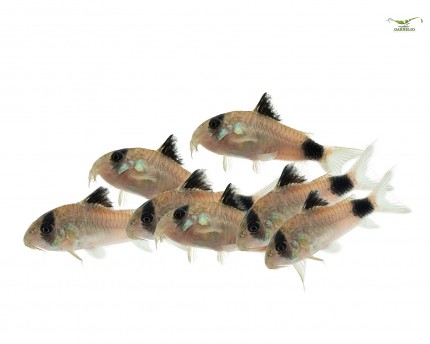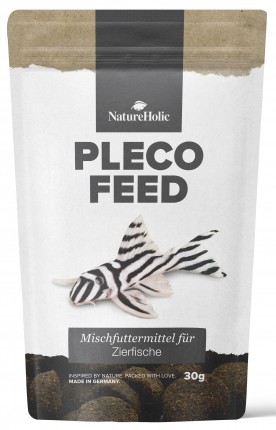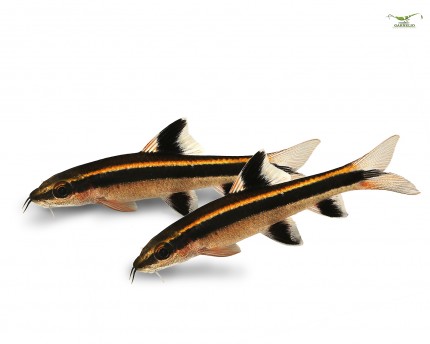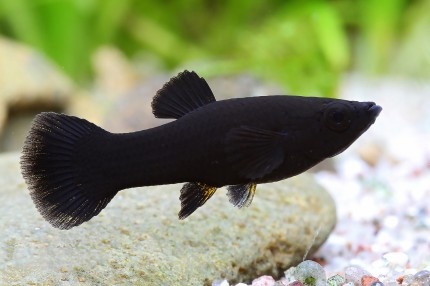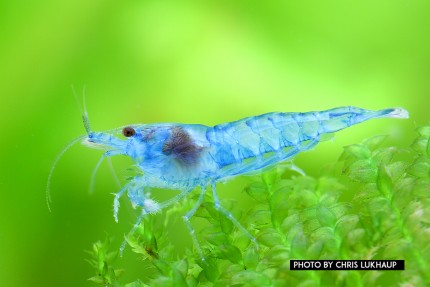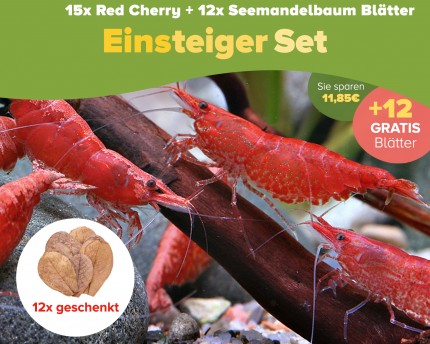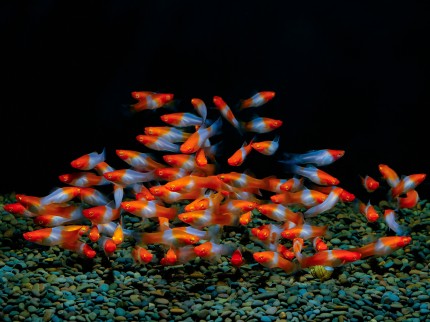incl. VAT plus shipping costs
Ready for shipment in 2 Day(s)
Delivery only innh. Germany and Austria possible.
Switch to the German store
- Item no: 7037
Fast delivery times
All products are in stock with us!14 years of breeding experience
Let our team of experts advise you!High customer satisfaction
from over 3,000 reviews "| Water values: | soft to hard |
| Final size: | > 12cm |
| Temperature: | 25-30 °C |
| Feature: | becomes particularly large |
| Behavior: | Quiet |
| Aquarium size: | over 1000l |
| with fish?: | Yes, with peaceful fish |
| Planting possible?: | conditional* (see description) |
| Diet: | limnivorous - growth eater (algae) |
| Pelvic region: | Below |
| Origin: | South America |
| Fish group: | Catfish |
| with shrimps?: | with dwarf shrimps, offspring is not eaten |
| with snails/shells?: | Yes |
| with dwarf crabs?: | Yes |
| Difficulty: | 1 - Simple |
| with large crabs?: | No |
| Breeding: | heavy |
| Visual effect: | Forms precincts |
| with crabs?: | No |
The crepuscular honeycomb shield cat fish or sail shield catfish L 165 (Glyptoperichthys gibbiceps), affectionately also simply called Wabi, originates from the Rio Negro in the Amazon region in Brazil / South America, where it is very widespread. This catfish grows up to 60 cm long and is therefore definitely only a case for the very large monster aquariums. Often you hear that the animals stay smaller in small aquariums, this is also true, but only because they cripple and die much earlier. Therefore please treat your Wabis to a really big aquarium from 200 cm length.
The beautiful, sail-like high dorsal fin of the honeycomb shield catfish and its shield-like scales are striking. Its patterning is light on a dark background, and it exhibits the eponymous honeycomb pattern, especially as a juvenile. The fins are light-dark striped. Juvenile plumage is orange with dark spots.
Despite its enormous size, this sucker catfish is a calm and peaceful fish - only the males can clash and chase each other. The Wabi can be kept in pairs or - of course only in appropriately sized aquariums with sufficient hiding places - also in a small group. The socialization with other fish, for example with cichlids, is very unproblematic due to the size of the catfish. Honeycomb Shield Catfish are often used as algae eaters in large cichlid aquariums. Also Shrimp are good aquarium mates for this very peaceful and undemanding giant L catfish. It can be problematic with crayfish if the crayfish and catfish fight over the best burrows. Young honeycomb catfish may well become victims of the crayfish and be eaten.
In the aquarium, soft wood should be available for the sail shield catfish to scrape off so that they can adequately meet their fiber requirements. These catfish are very large, they need a lot of food and defecate accordingly - good filtration and regular vacuuming of the substrate are therefore necessary. Honeycomb Shield Catfish need caves or other hiding places to get out of their way. There should always be more hiding places in the aquarium than catfish. The imposing fish needs a large aquarium from 200-250 cm edge length.
The males of the Sail Shield Catfish are slimmer than the somewhat more bulbous females and their fins are a little larger. The honeycomb shield catfish is not often bred in aquaristics because the young of this imposingly growing catfish are difficult to house. Not much is known about breeding. Allegedly the females spawn on roots.
In terms of aquarium water , Honeycomb Shield Catfish are not demanding, they tolerate both soft and hard water well, and any intermediate temperature from 24-30 degrees is possible.
The omnivorous honeycomb catfish eats algae and other growth, green food, vegetables, green leaves and autumn leaves, and also frozen food and sinking live food such as grindal, tubifex or shiny worms and of course special food for loricariids in tablet or cookie form very gladly.
Plants are usually left alone by the honeycomb catfish, but it can happen that the leaves of Echinodorus are grated. If you give enough fresh food, the damage can be limited.
Our food recommendation: The NatureHolic Catfish Feed for all aufwuchs fressende Saugwelse in the aquarium is a balanced tablet food, which does not cloud the water and the fish eat gladly. The catfish tablets also contain NatureHolic active ingredient complexes that provide sucker catfish with everything they need for a strong immune system, healthy growth and great, contrasting coloration.
Our plant recommendation: For planting, use NatureHolic InVitros. These are free of snails, planarians and other unwanted co-inhabitants. Also free of algae spores, bacteria and fungi.
Expert Tip: We recommend for fish keeping the NatureHolic 3 Phase Liquid. The care set offers the best all-round protection for your animals. It ensures optimal conditions for successful breeding and keeping.
| Scientific name | Glyptoperichthys gibbiceps |
| German Name: | Sail shield catfish, honeycomb shield catfish |
| Difficulty level: | for beginners |
| Origin/Distribution: | South America |
| Coloration: | light-dark patterned, juvenile coloration dark dots on orange ground |
| Age expectancy | 15-20 years |
| Water parameters: | GH 2 to 25, KH 3 to 15, pH 5.5 to 7.5, temperature 24 to 28 °C |
| Tank size: | from 200 cm |
| Food | Omnivorous: catfish sticks, brown autumn leaves, sinking live food, frozen food, green food, vegetables |
| Breeding | not recommended |
| Behavior | very peaceful |
| Group size | from 2 animals |
| Further information | Ten typical aquarium fish for beginners and alternatives to them, Tips for acclimating fish to the aquarium, Feeding aquarium fish properly - cheap food and what it can do |
- Item no: 7037
- EAN No.: 7427061495997
Entdecke die Garnelio Welt!
Garnelio gehört zu den größten Onlineshops für wirbellose Aquarientiere weltweit.
Viele Artikel gibt es exklusiv nur bei uns im Shop.

